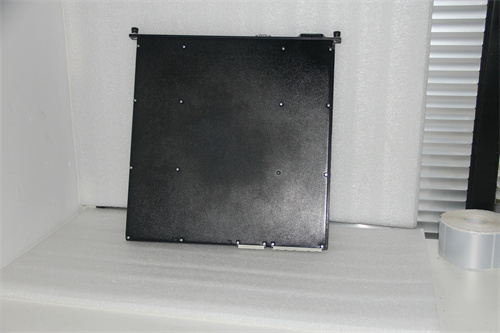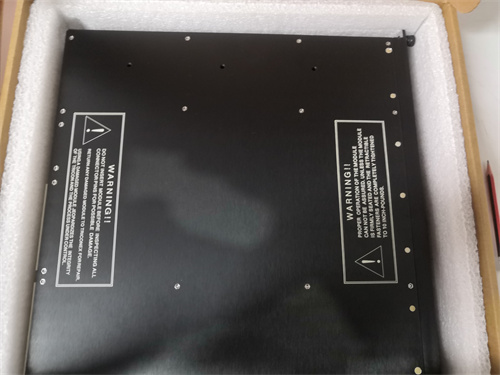Description
![]()
Parameter Specifications
- Power Supply: The TRICONEX 4409 requires a 24V DC power supply. Its power consumption is approximately 18 – 22W, ensuring efficient operation within industrial electrical setups.
- Processor and Memory: It is outfitted with a high – performance processor engineered for real – time control. There is 2GB of non – volatile memory for storing control programs, system configurations, and historical data. Additionally, 1GB of RAM enables swift data processing during runtime.
- I/O Channels: This module offers a rich array of input/output channels. It has 16 analog input channels capable of handling various analog signals such as 4 – 20mA current loops and 0 – 10V voltage signals from sensors like temperature, pressure, and flow sensors. There are also 16 analog output channels to control actuators that require analog control signals, like variable – speed drives.
- Communication Interface: It supports Ethernet communication with a data transfer rate of 100Mbps. It is compliant with industrial – standard protocols such as Modbus TCP and Profibus DP, facilitating seamless integration with other devices in an industrial network.
Applications
- Process Control in Chemical Plants: In chemical manufacturing, the TRICONEX 4409 can precisely monitor and control chemical reactions. It regulates parameters such as temperature, pressure, and flow rate in reactors, ensuring product quality and safety.
- Power Generation: In power plants, it is used to manage and control power – generating equipment. It can monitor the temperature of generators, the pressure in steam turbines, and adjust the output accordingly to maintain stable power production.
- Water Treatment Facilities: In water treatment plants, it controls the dosing of chemicals, monitors water quality parameters like pH and turbidity, and manages the operation of pumps and valves to ensure efficient water treatment processes.
Weight and Dimensions
- Weight: Around 3 kg, which is reasonable for installation and handling in industrial settings.
- Dimensions: It has a compact form with dimensions of approximately 230mm (length) x 160mm (width) x 90mm (height), allowing for easy installation in standard control cabinets.
Features
- Triple Modular Redundancy (TMR): The TMR architecture is a core feature. Critical components are triplicated, and the system continuously cross – checks the outputs of these redundant elements. In case of a single – module failure, the other two modules ensure uninterrupted operation, providing high – availability and fault – tolerance.
- High – precision Analog Processing: It offers high – precision analog signal processing, ensuring accurate measurement and control of continuous process variables. This is essential for applications where precise control is required.
- Advanced Diagnostic Functions: The module is equipped with advanced diagnostic capabilities. It can detect faults in input/output channels, communication interfaces, and internal components. Detailed diagnostic information helps maintenance teams quickly identify and resolve issues.
Stability and Reliability
- Robust Design: Constructed with high – quality components and a rugged enclosure, it can endure harsh industrial environments, including extreme temperatures, vibrations, and electromagnetic interference.
- Long – term Testing: Thorough long – term testing by Triconex ensures that the 4409 maintains stable performance over an extended service life. The TMR architecture further enhances its reliability.
- Compliance with Standards: It adheres to international safety and industrial standards such as IEC 61508 and ISA – 84.00.01, meeting the strict requirements for safety – critical and industrial control applications.
Practical Case
In a large – scale chemical plant, the TRICONEX 4409 is responsible for controlling a polymerization reaction. The analog input channels receive signals from temperature and pressure sensors in the reactor. One day, a sudden increase in temperature was detected. Thanks to the TMR architecture and high – precision analog processing of the 4409, the system quickly and accurately verified the abnormal condition. It then sent appropriate control signals through the analog output channels to adjust the cooling system and the flow of reactants. The advanced diagnostic functions allowed the maintenance team to promptly identify a minor issue with a temperature sensor and replace it, ensuring the continuous and safe operation of the polymerization process.
![]()
![]()





Reviews
There are no reviews yet.